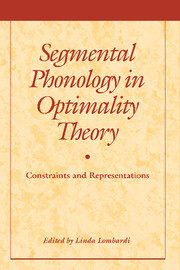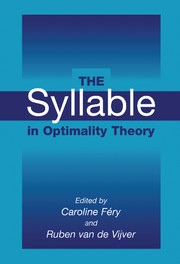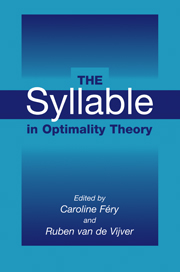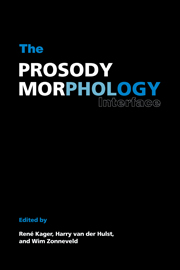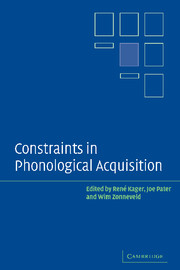Optimality Theory
This is an introduction to Optimality Theory, whose central idea is that surface forms of language reflect resolutions of conflicts between competing constraints. The book does not limit its empirical scope to phonological phenomena, but also contains chapters on the learnability of OT grammars; OT's implications for syntax; and other issues such as opacity. Exercises accompany chapters 1-7, and there are sections on further reading. Optimality Theory will be welcomed by any linguist with a basic knowledge of derivational Generative Phonology.
- First ever textbook on major new area of phonology, Optimality Theory
- Book has been tested on students at Stanford and in Europe
- Author well connected, and contacts likely to use the book with their students
Reviews & endorsements
"This volume is an excellent introduction to the principles and worlings of optimality theory, a relatively new constraint-based framework....a superior introduction to the most current version of optamality theory..." Studies in Second Language Acquisition
"Kager's book provides a comprehensive overview of OT theory and practice....It is noteworthy for its attention to detail and its analysis of arguments." Lanuage in Society
Product details
June 1999Paperback
9780521589802
466 pages
228 × 154 × 30 mm
0.766kg
17 exercises
Available
Table of Contents
- Preface
- 1. Conflicts in grammars
- 2. The typology of structural changes
- 3. Syllable structure and economy
- 4. Metrical structure and parallelism
- 5. Correspondence in reduplication
- 6. Output-to-output correspondence
- 7. Learning OT grammars
- 8. Extensions to syntax
- 9. Residual issues
- References
- Index of languages
- Index of subjects
- Index of constraints.


